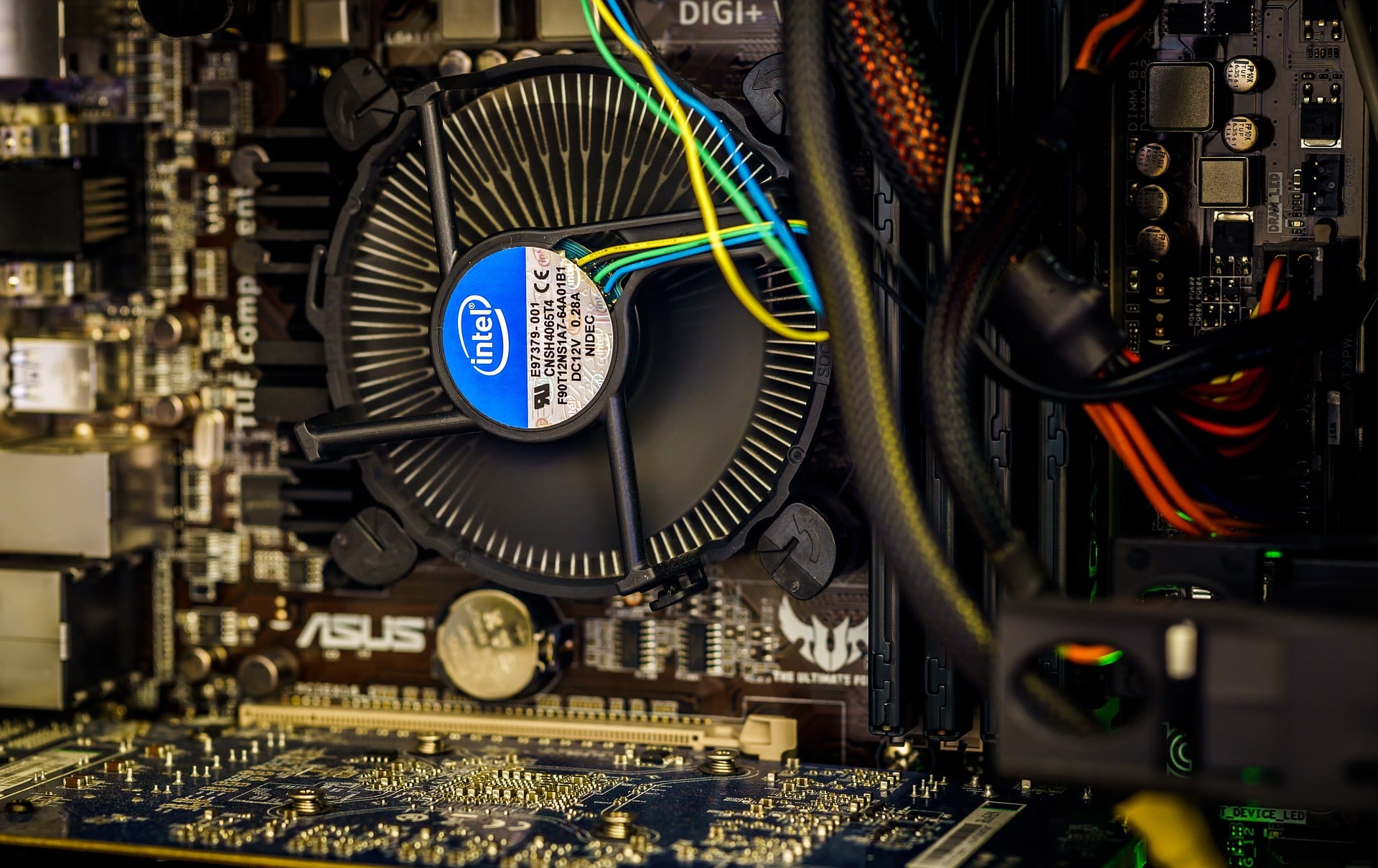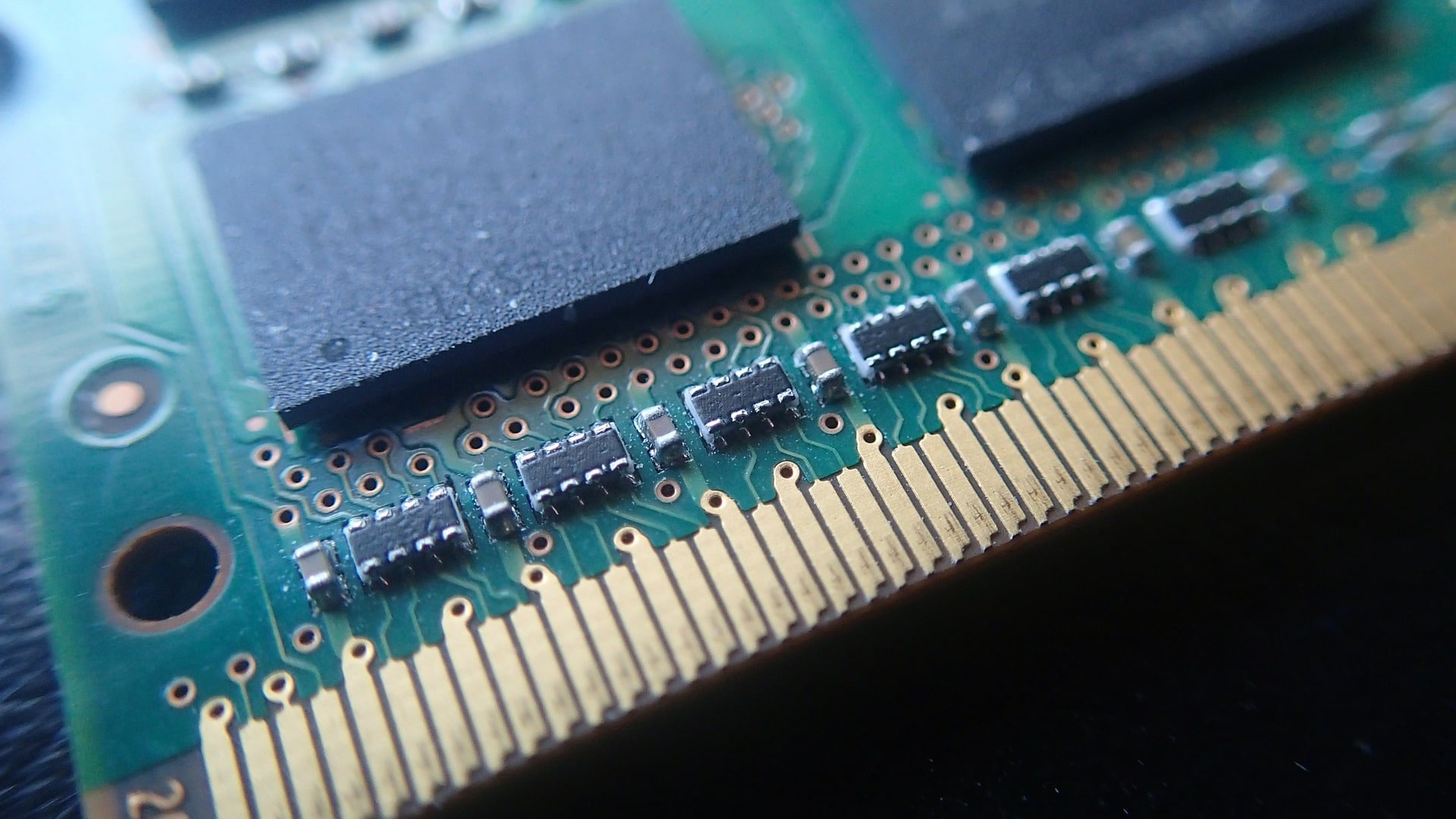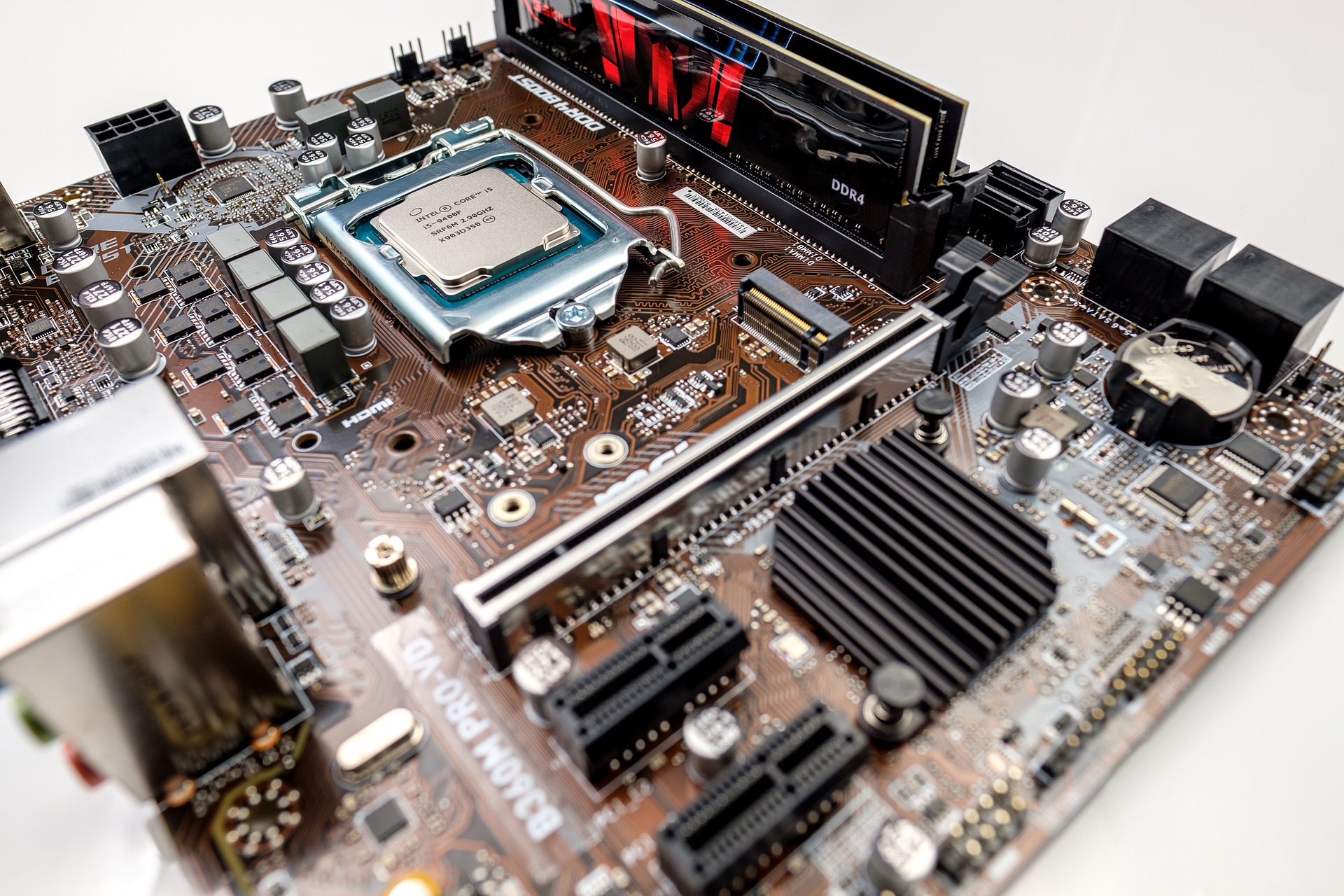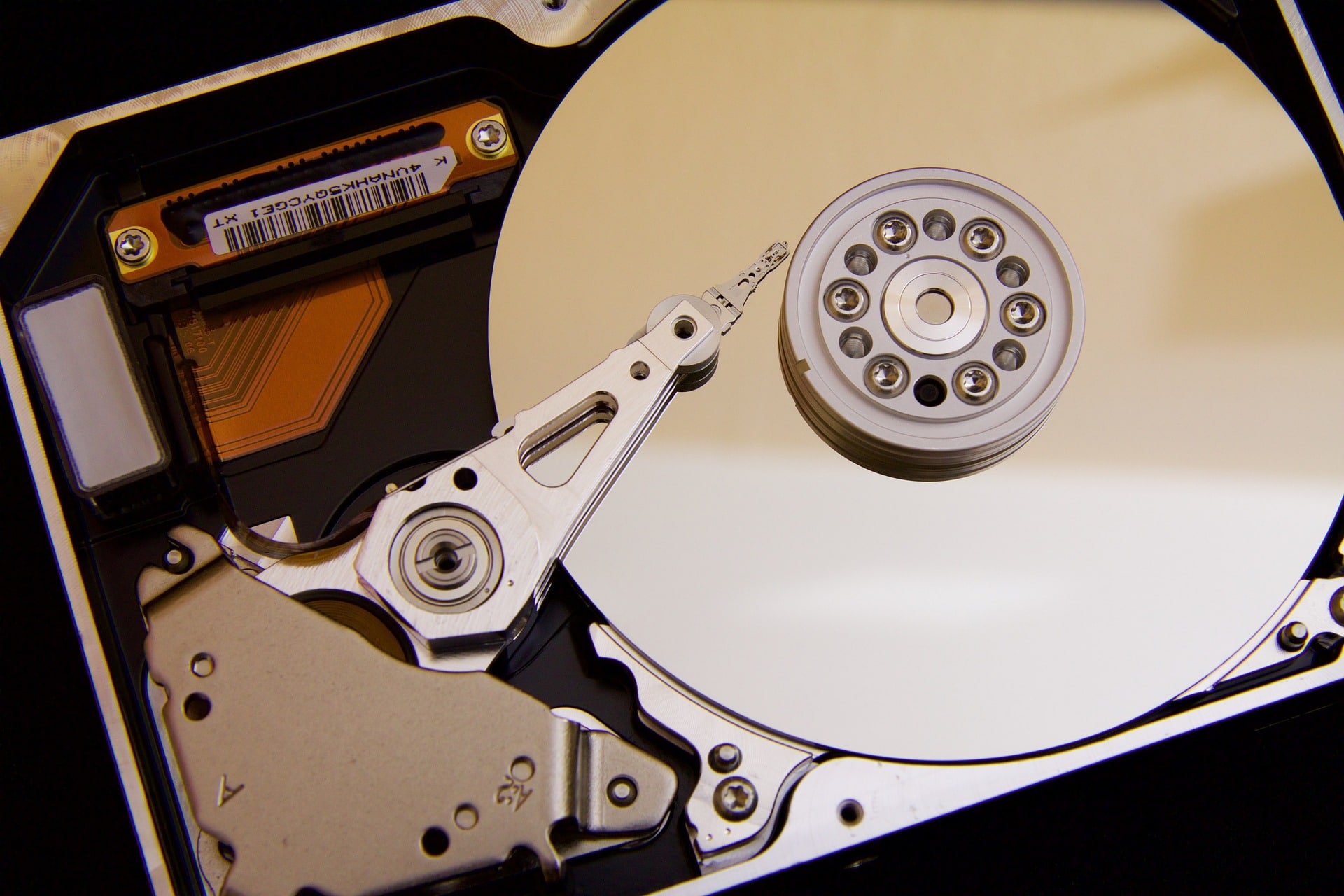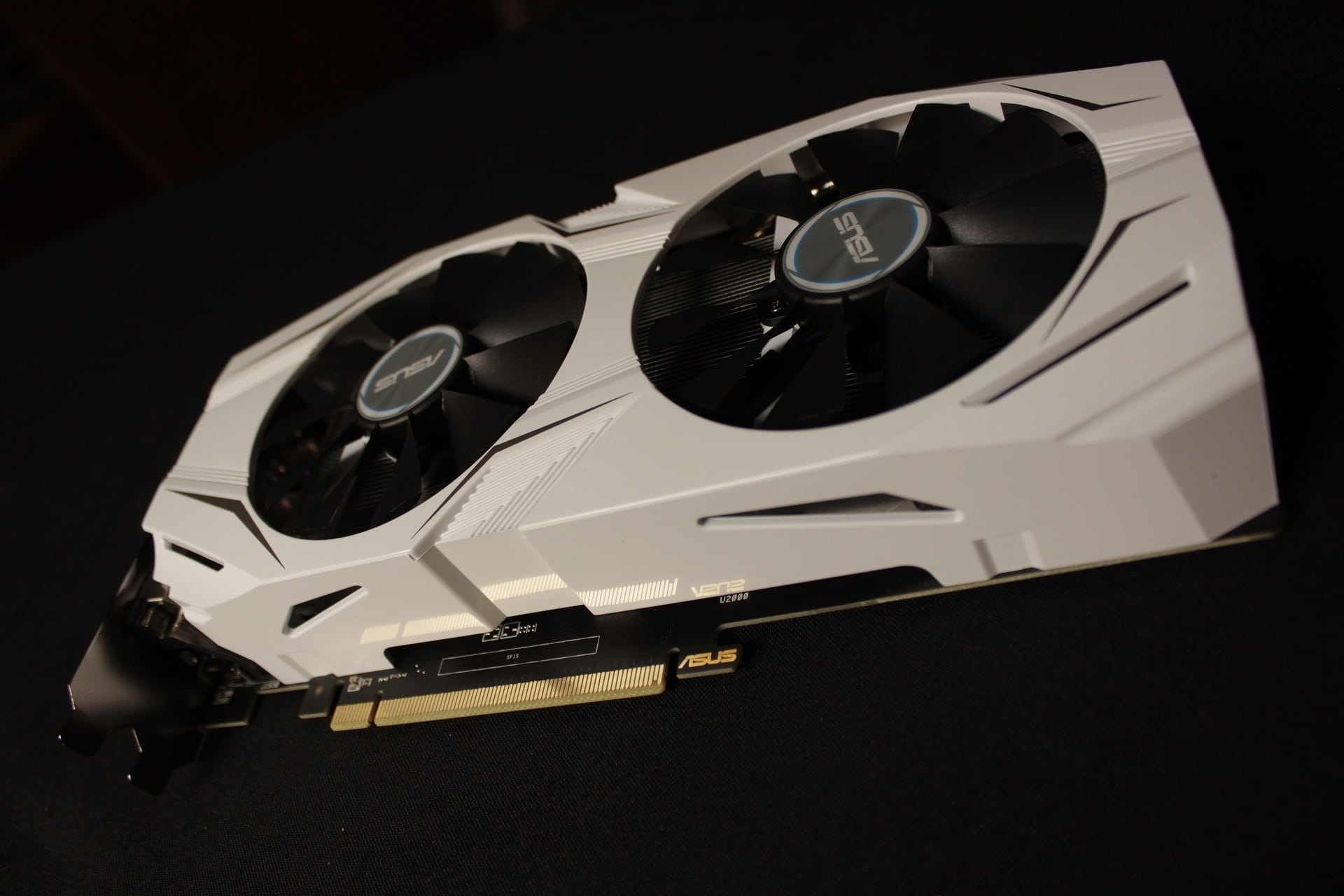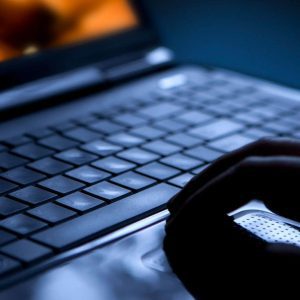If you are reading this post then it might be because you have recently experienced problems with your computer. You might have ended up here because your computer freezes or explodes during gameplay or during normal operation.
I know the problem very well because my computer (with its own setup) was affected by it 1 time. Making a diagnosis is very difficult due to the multitude of options.
With this post, I want to help you make a possible diagnosis so that you can quickly replace the defective part without having to go to an expensive “repair” studio.
In the video you can see a processor and a mainboard. It is relatively unlikely that a processor defect will occur, unless your computer is turned on anymore. The main board should be a little more cluttered here.
In what follows, I first list the suspicious ingredients and explain why they exist. My own experience will also flow into the text. The starting point for all suspects is as follows: You are watching a movie and suddenly your computer freezes.
So the picture stops and you hear a beep coming from the audio output. You restart the computer and the same thing happens again after about three hours of use. You restart your computer and there is another incident that evening, but the same thing happens again the next day.
Problem # 1: the power supply
The main suspect in this case is definitely the power source. If your computer has already frozen this may indicate a lack of supply from the power supply unit, or the power supply unit has a voltage failure due to its age. This suspicion can be detected using the following indicators:
- Remove all but one of the RAM tapes and check them all individually for defects. Alternatively, this can also be verified with the following software: MemTest
- If the RAM runs without errors, the indications strengthen that the power supply is the culprit.
- Now try if the power supply works normally under full load. Open app-rich games like GTA 5, The Witcher 3, or co. Alternatively, you can take a stress test.
- If the computer shuts down now, then it’s fairly certain that the power supply is down. However, if it smells burnt, you should take a closer look at the main board.
- If the computer is still operating normally, as it was with me, see to what extent the malfunctions occur. If it occurs completely automatically, then there is a possibility of a voltage failure in the power supply unit.
- If after several attempts it is possible to restart the computer, then the power supply is definitely defective.
Problem number. 2: RAM
As mentioned earlier, RAM is also a hot suspect. If the main memory is defective, the PC may still be able to use it normally, but at some point there will always be a malfunction. Symptoms of PSU and RAM are similar to the specific, but are easy to diagnose.
- First try to play each RAM tape separately. If there is a problem with one of them, test all of the others together. If the system is now stable again, 99% of this RAM bar is defective.
- If the individual test is not successful, you can use the tool MemTest Free Download.
- With this, you can test all of your RAM bars, if an error appears, one or even many of the RAM bars is defective.
- Fun fact, defective RAM tapes are not uncommon. On Amazon, one read time and time again about incidents where customers received defective products.
- If an error is displayed, it only helps to test each nail individually again. However, if no defect is displayed, the motherboard is most likely defective. (Most likely on the RAM slots.)
- If a defect is displayed, you must return the latch again, if you still have warranty claims, and order a new one. Fixing a broken memory is challenging even for professionals.
Problem # 3: the motherboard
The motherboard should not be neglected. I personally have had three defective motherboards to complain about within six years, and this mainly happens with inexpensive motherboards. Detecting a defective motherboard poses a certain difficulty because it cannot be measured or tested with software. In general, however, you can usually say that if other component diagnostics reveal nothing, the mainboard is likely to be blamed. However, there are a few things you can do to fix a defective motherboard.
- First of all, you should remove all of the ingredients so that you can see as much as possible, because this is the only thing you can do: check with your eyes.
- First, take a look at the RAM slots. Is everything still looking normal here? Do you smell the smell of burning when you smell it? If it smells burning or looks black, the cause is most likely a short circuit and subsequent soup.
- Alternatively, you can do a hole pit MemTest Tests.
- If you don’t find any clues, you should search the entire main board for burnt traces. If you find any of these, the motherboard is most likely the victim of a short circuit. In simple language, this means that you must purchase a new motherboard.
- If there are no visible defects or damages, then it is reasonable to assume that the motherboard is not defective. This is disingenuous, as the mainboard can simply be broken without leaving any marks. As I said, if other component tests do not yield any results, the mainboard is most likely broken.
Problem # 4: the hard drive
The hard drive might be another defective part. If you still have a hard drive, the chances are higher than if you had a hard drive installed. Typically, SSDs are more stable and have a longer service life, as no “spinning media” is installed. However, because a hard drive, as the name suggests, uses a disk, it can get corrupted more quickly.
- If the hard drive becomes damaged, it will manifest itself in the sudden shutdown or freezing of the computer. This is because the hard drive is no longer able to recover important data from the operating system. If this happens, the operating system will not be able to function properly and the computer simply crashes. You can read a more detailed article I wrote on this topic here: How do I get my data when a hard drive crashes?
- To check if your hard drive is defective you simply have to boot up another hard drive with Windows. If your computer works normally with your other hard drive, you should quickly save your data, as your old hard drive will likely give up the ghost soon.
- Alternatively, you can use the hard disk drive with tools like This Tests.
Problem # 5: software problems
True, not only can the hardware be defective, but there can also be software problems that cause the system to crash. To rule out such a cause, you can set your PC to the last restore point. Alternatively, newly installed software can be removed. Most of the time, these problematic programs are antivirus or audio drivers.
Problem # 6: One or more viruses have infected your computer
Another possible cause could be a viral infection. To test this, you can simply run an anti-virus tool.
Rather improbable flaws
Healer
If the processor must be defective, then in the vast majority of cases this manifests itself in complete failure. This means that your computer will shutdown once and not start again. This is because the therapist has very complex internal workings. So if a small part breaks in this part, it affects the whole other part.
Graphics card
It’s also unlikely that the graphics card will be faulty as far as the scenario described at the beginning. Simply, a defective graphics card will not provide an image. If there is a sudden failure in the image, it is due to the power supply. In such a case, the graphics card is not supplied with sufficient voltage by the power supply, which means that the graphics card automatically no longer displays an image for a few seconds.
Careful conclusion and procedure
If there are sudden failures, then you should proceed according to an accurate scheme.
- Check each component for defect with the help of a program.
- Check the RAM manually by removing the individual screws.
- Check the graphics card by removing it and starting the system without it.
- Test the power source with an endurance test.
- Check the hard drive by replacing another hard drive.
- Check the motherboard for traces.
- Check if the CPU is overheating. (The fan is running very inefficiently, you can check this using the software)
- Create a pattern for how failures happen and how they’re reported. Then describe everything in detail in the forum, they will definitely be able to help you there.
- If nothing helps, it’s usually the main board. So buy a new motherboard first, then try your hand at other new parts.
As you can see, symptoms can have many causes. Sometimes it turns out that identifying which part is defective is a huge task. I still hope I was able to help you a little with these little instructions!
Other useful articles on this topic:

“Certified gamer. Problem solver. Internet enthusiast. Twitter scholar. Infuriatingly humble alcohol geek. Tv guru.”

